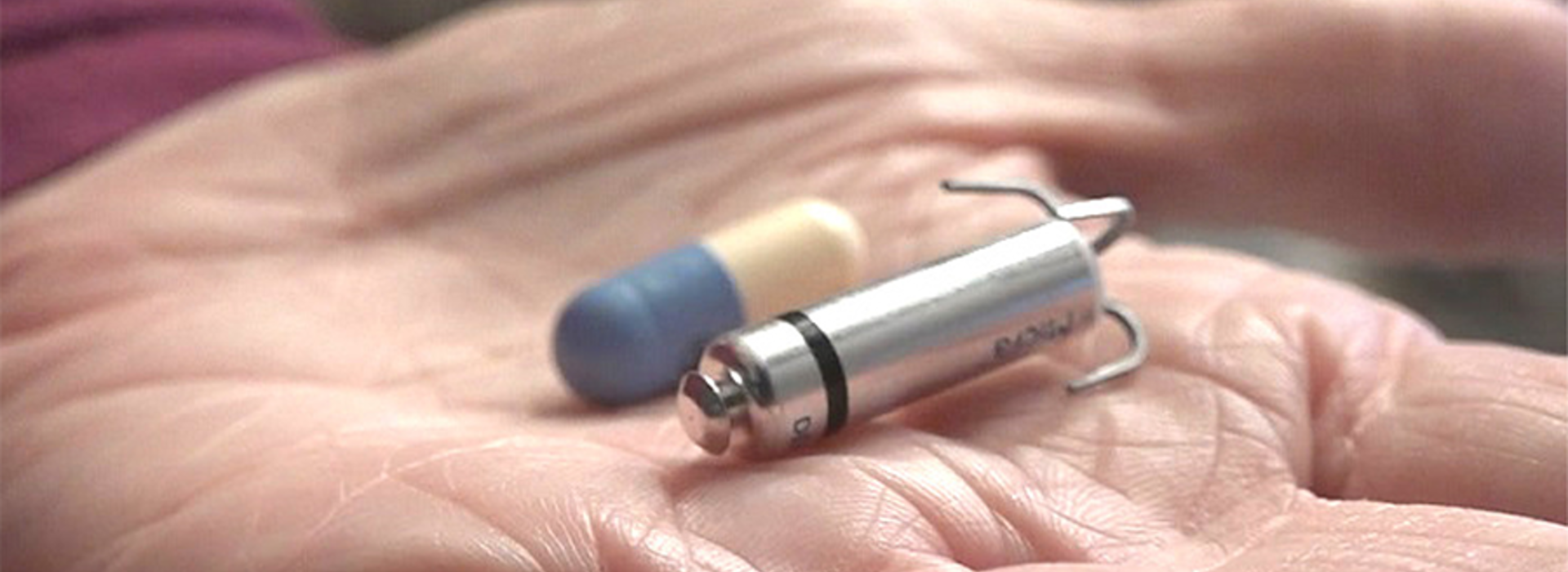
University of Minnesota Medical Team First in Midwest to Implant Wireless Pacemaker in a Child
University of Minnesota Masonic Children's Hospital is the first hospital in the Midwest to implant the Micra pacemaker, which is a leadless or wireless pacemaker, in a pediatric patient.
Physicians recommend pacemakers for a variety of reasons. Kids or adults whose heart rates are abnormally slow, for example, might be good candidates as it could help keep a normal rate of rhythm of the heart beat.
A pacemaker is a small device that helps the heart beat more regularly through small electric stimulation. The device is typically hooked up to your heart with tiny wires. However, over time the wires cause leaking of heart valves which may permanently damage the valves. When the wires break or when there is not enough room for more wires in the veins or heart then they have to be removed by a lead removal procedure which carries a 1% risk of death every time it is performed (lead extraction) and sometimes the chest has to be cut open (open thoracotomy) to remove the wires.
“Wires can break, especially in kids. Kids are very active,” said Daniel Cortez, MD, Assistant Professor, Department of Pediatrics, University of Minnesota Medical School and Pediatric Electrophysiology Cardiologist at University of Minnesota Masonic Children’s Hospital. “In adults, most wires last maybe 20 years, where in a kid they can break in 2 or 3 years depending on how active they are.”
Cortez said while this type of pacemaker may not be for every patient, for certain patient populations it may be the safest option.
“We are able to place this in patients who might otherwise be a high procedural risk for a traditional pacemaker,” said Cortez, who has placed well over a dozen of these devices in patients.
Unlike traditional pacemakers which include a generator (computer/battery) located above the chest wall attached to leads (wires) which travel down the veins into the heart, the leadless pacemaker is all self-contained in a small capsule which is directly implanted into the heart through a vein in the leg, or in the neck, therefore no open-heart surgery is needed.
The risk of this procedure and complications is around 60 percent less compared to the risks and complications of a normal pacemaker. University of Minnesota Masonic Children’s Hospital is the first pediatric institution in the country and the third in the world, in adult or pediatric, to place this kind of device through a patient’s neck vein successfully.
“The University of Minnesota has more experience than any other institution the region in regards to placing these devices in children,” said Cortez.